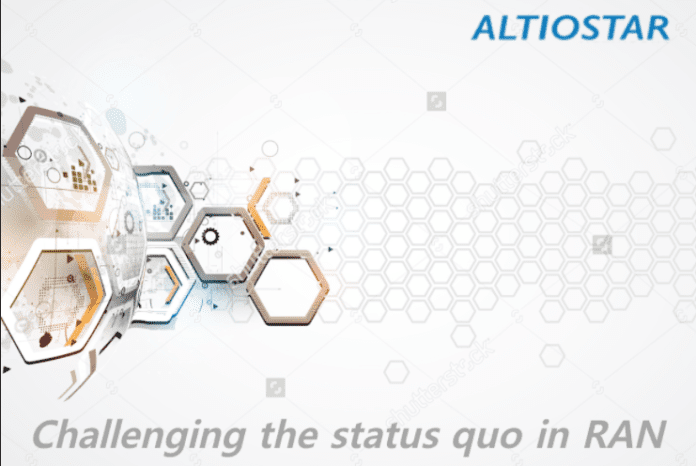Learn how an innovative approach to vRAN delivers LTE-Advanced performance gains while putting the groundwork for software-intensive 5G networks
RAN virtualization can help the operators maximize the value of what’s perhaps their most important asset –the RAN– by providing spectral efficiency and performance gains that lower cost and drive subscriber’s quality of experience. As Telcos increasingly adopt NFV and SDN to gain software control of the network, the evolution to 5G access is underway. To support 5G use cases, such as massive machine-type communication, enhanced mobile broadband and mission critical communications, the RAN must keep pace to meet the evolving requirements.
To get some insight into the role of vRAN in the dynamic telecom landscape, RCR Wireless News spoke with Kuntal Chowdhury, VP of Product Management & Marketing at Altiostar, during Mobile World Congress 2017 in Barcelona, Spain.
“The operators are facing a big challenge of supporting their subscribers with more and more bandwidth where the ARPU from the services is not going up,” Chowdhury explained. “This is a classical problem we all talk about: that you provide more bandwidth, more service, and you have to bring your costs down. While the operators must provide more bandwidth, the overall cost of deploying and running their networks are not proportionately decreasing. The vRAN solution from Altiostar gets the cost down significantly so the operators can get the network economics right.”
[embedyt] https://www.youtube.com/watch?v=dM8xf2CUzL0[/embedyt]
In the context of a vRAN deployment, the cost savings are achieved by using commercial off-the-shelf (COTS) hardware rather than custom hardware, and widely available Ethernet fronthaul transport. This approach also optimizes spectral efficiency and quality of experience for the end user.
“vRAN takes a different approach to how a radio base station is built,” Chowdhury said. “Because of the advancement of the compute technology that comes from the open source community, you can deploy part of the eNodeB on NFV and COTS platform and that reduces the cost significantly. The other problem is, once you do this kind of architectural transition, you have to also provision the fronthaul transport with a certain way of connecting radios to your centralized cloud,” which is traditionally done using high bandwidth and extremely low latency CPRI. “We have solved this problem by implementing the fronthaul using Ethernet transport. We have tested it in several geographies with large operators. Today, I don’t think anyone is questioning whether this architecture works for LTE-Advanced or not.”
Altiostar is a full-portfolio vRAN company that provides a carrier-grade and intelligent RAN solution for today’s LTE/LTE-A and tomorrow’s 5G NR. Fronthaul is supported on any transport mechanism including dark and lit fiber, FTTx, Ethernet, microwave and millimeter wave. The application intelligence uses context awareness to schedule IP packets over-the-air to improve RAN capacity and QoE. This commercially available vRAN solution enables inter-site LTE-Advanced capabilities.
A major differentiator for Altiostar, Chowdhury said, is the company’s Open vRAN approach, which means “operators don’t have to procure everything from a single vendor. It has to be a truly multi-vendor, open, virtual RAN, not only in the in-building and low-power radio space, but also in the high-power radio space for a complete RAN.”
He said this open, software-based approach will help operators gracefully manage the network transformation necessary for 5G and to handle with ease the explosive growth of Internet of Things devices, which will ultimately be supported by slicing the network. “A significant step forward with vRAN is, it makes the RAN intelligent, and essential transformation since 5G is not just a big dumb pipe. Operators must evolve their networks to deploy new services in a rapid way and in a way that they can cost effectively manage. That means, they must softwarize the entire network. vRAN does that — puts a foundation for transforming your network to support 5G from fast service deployment & management perspectives. We’re trying to make it in such a way that we can address the transition from LTE to 5G by doing software upgrades rather than doing hardware forklifts.”
During Mobile World Congress 2017, Altiostar received two awards as part of the GSMA’s annual Global Mobile (GLOMO) awards ceremony: The Overall Outstanding Mobile Technology award, as selected by a panel of industry CTOs, and the Best Mobile Technology Breakthrough prize. Altiostar was further recognized as a finalist in the Best Mobile Infrastructure category.
Click here to learn more about Altiostar.

